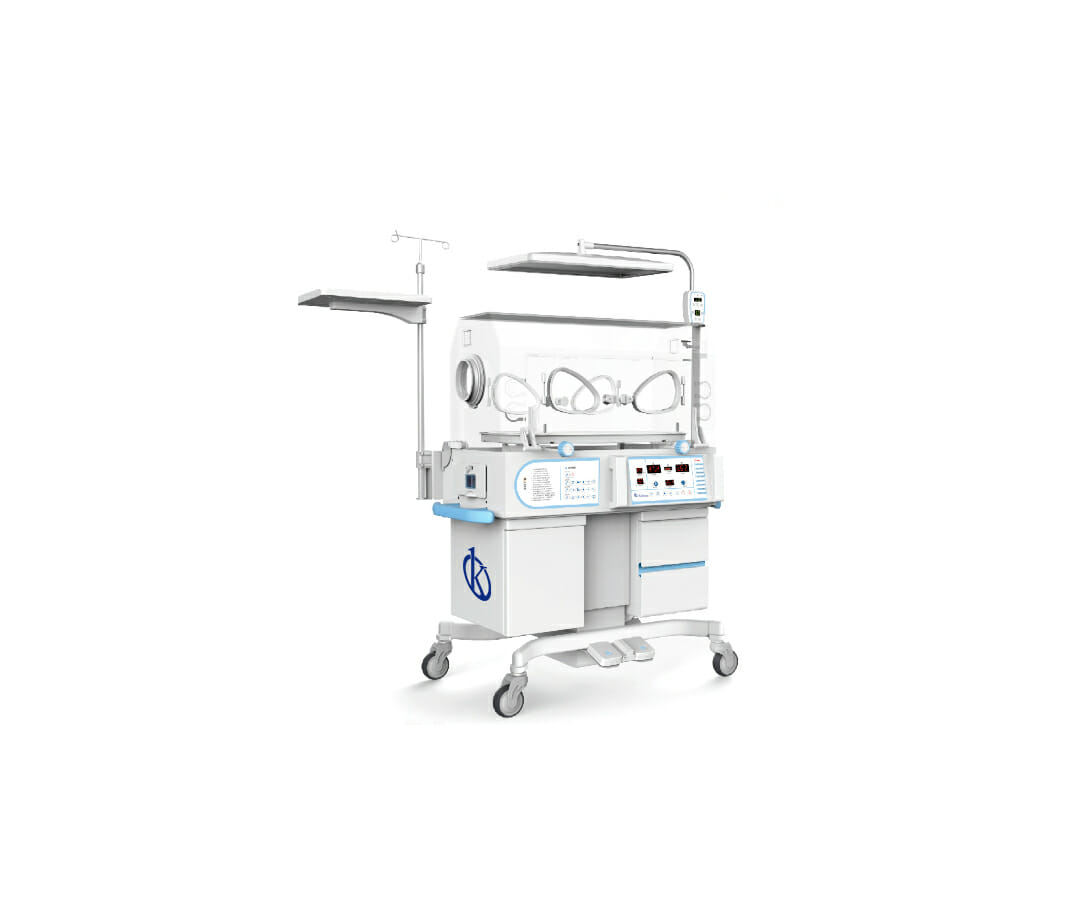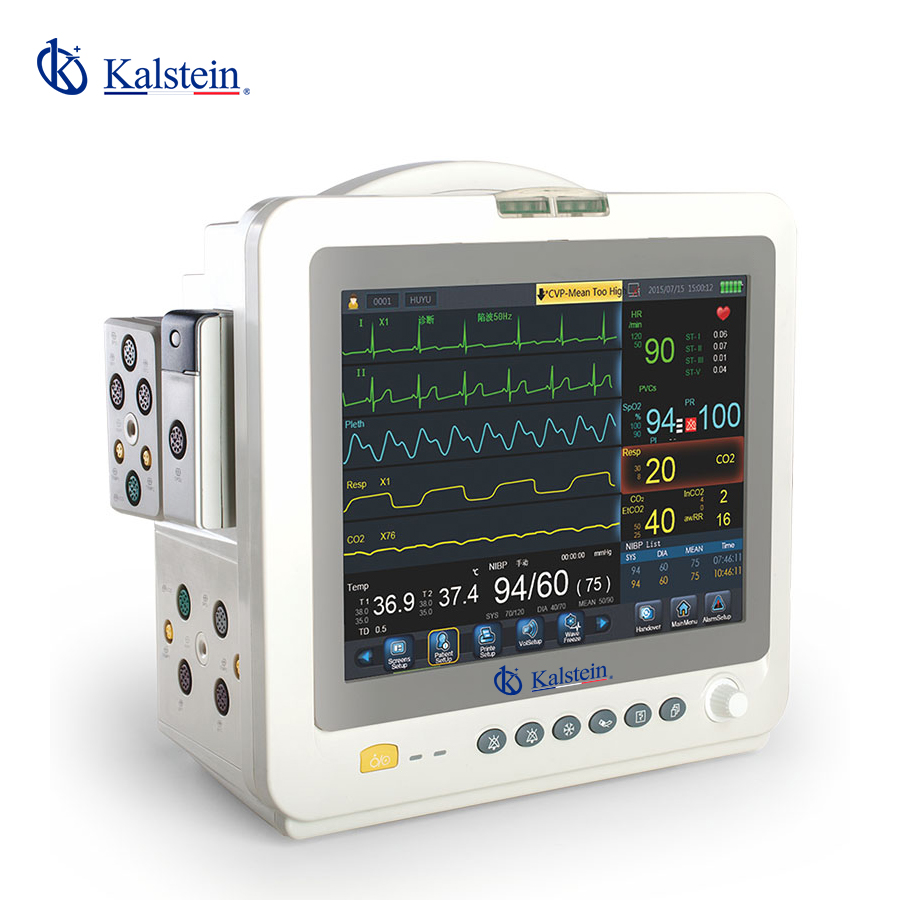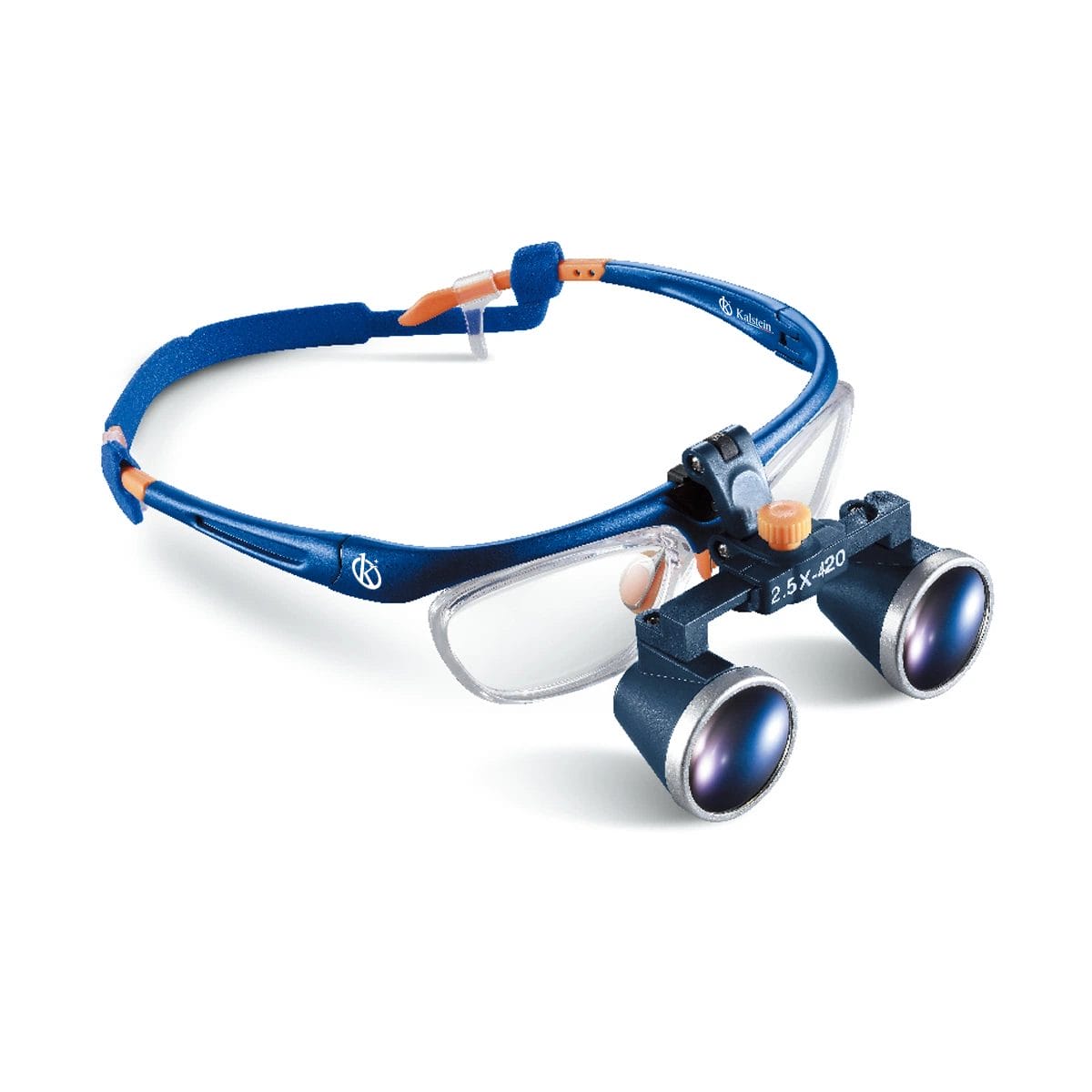Neonatal incubators are medical equipment commonly used to provide an environment in which variables are controlled that allow the proper development of newborns, whether premature or at term, who are not prepared to adapt to the external environment (extrauterine).
Functions carried out by neonatal incubators
Neonatal incubators are perfectly designed to manipulate the newborn without taking him out of the incubator, which allows carrying out actions that involve:
- Isolation: The closed space provided by neonatal incubators protects the newborn and provides isolation similar to that of the uterine interior. Newborns have an immature immune system that is not fully capable of fighting infectious microorganisms.
- Supply oxygen: The incubators allow to increase the concentration of oxygen inside, when this is required, this is very useful in newborns with respiratory problems.
- Treat jaundice: Through the application of UV light inside the incubator, jaundice in newborns can be treated, since this UV light therapy favors the degradation of bilirubin and thus its reduction in blood and mucous membranes.
- Keep a weight control: Neonatal incubators have a monitor that allows a continuous record of the weight of the newborn. This is considered a key factor when analyzing hydration, fluid retention, and nutritional status.
- Monitor vital parameters: These devices also allow monitoring vital functions of newborns, such as their breathing and their heart and brain activity.
How is a neonatal incubator made?
A neonatal incubator is made up of a dome and chassis. The cupola is essential to maintain the necessary means for the neonate. For its part, the chassis contains the power source and the sensors that alert in case of failure, for the protection of the newborn.
The cover or dome is responsible for isolating the baby and creating a barrier between the external environment and the microenvironment generated by the incubator; This means that it protects it from situations such as drafts, low temperatures, among others. The cover must meet certain special characteristics; It must allow the baby to be visible and be made of a material that does not react with oxygen, to avoid corrosion in cases where oxygen therapy is necessary.
Generally, an acrylic material is used that contains a certain percentage of polypropylene and other polymers, and is approximately 6 mm thick, sufficient to isolate the external environment from the incubator microenvironment.
The dome must have different access doors to facilitate the care of the newborn, minimize the loss of temperature and, in general, avoid sudden changes in the internal environment and the least contact with the external environment. The incubators have two front doors, two side doors and two rear doors, each one covered by a special plastic to reduce heat loss; in addition, they have a large door in the front, where the baby is introduced.
The chassis is the metal base of the incubator. In it are the different sensors and the power source, and above it the mattress holder is located.
At Kalstein we are MANUFACTURERS and we offer you new neonatal incubators at the best PRICES on the market. That is why we invite you to take a look at the Products menu. HERE




